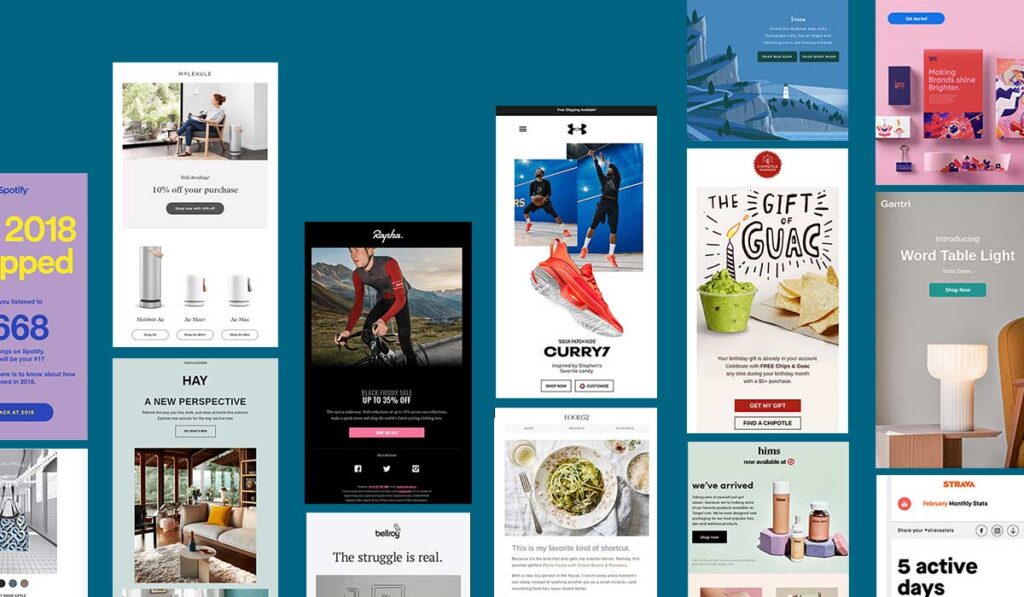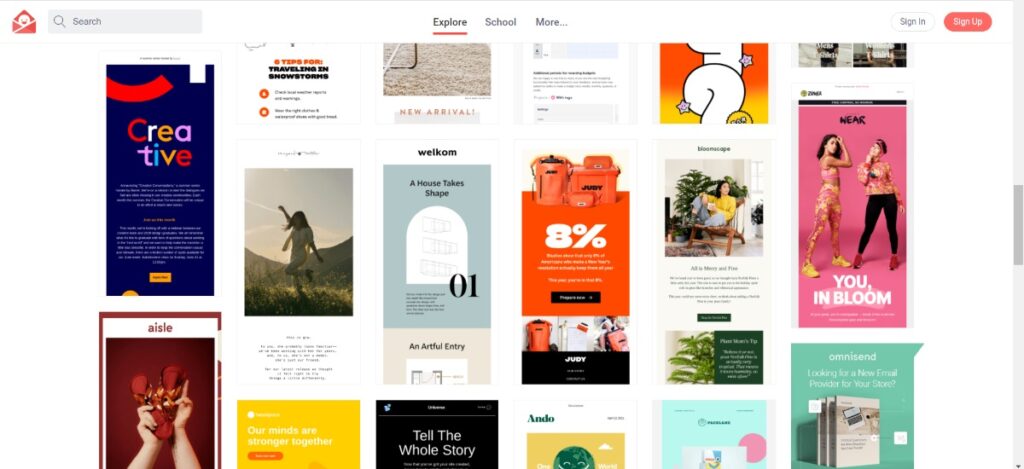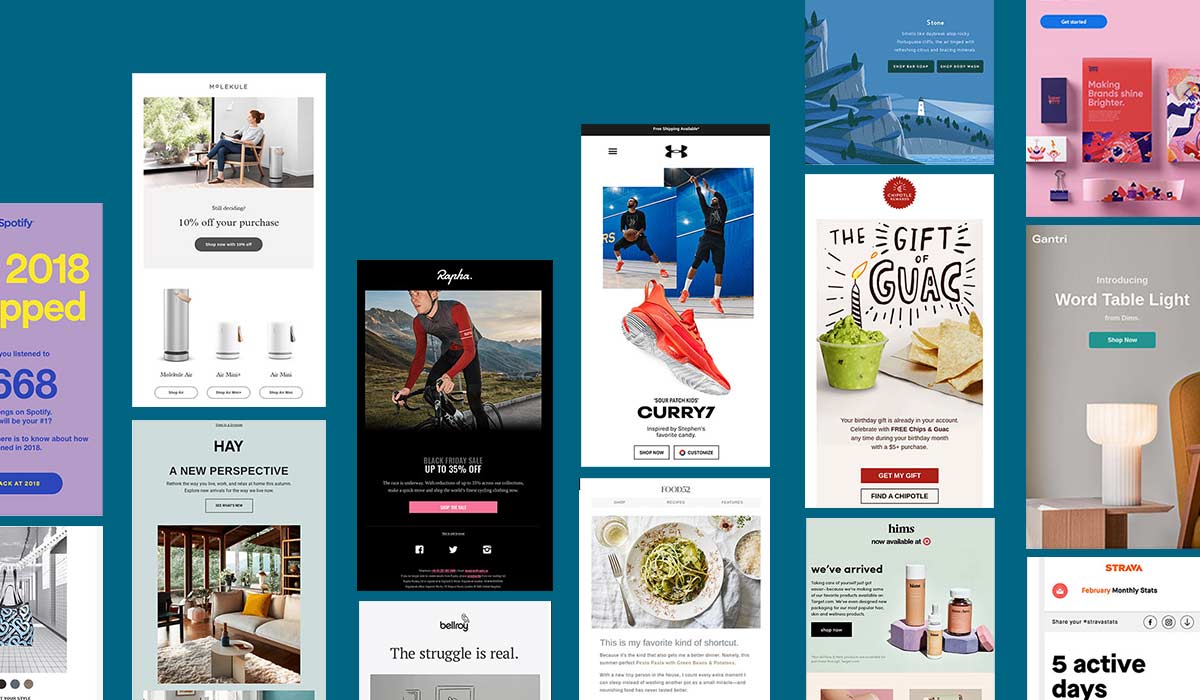In today’s digital age, email marketing has become an essential tool for businesses to reach out to customers and promote their products or services. However, designing an effective email marketing campaign is not as simple as sending out a generic email blast. It requires careful planning, strategy, and creativity to ensure that the message resonates with the target audience and drives desired actions. In this article, we will share our process for designing effective email marketing campaigns that help businesses achieve their marketing goals.
I. Defining the Target Audience

- Before designing an email marketing campaign, it is crucial to define the target audience. This includes conducting research and gathering data on the demographics, interests, pain points, and behaviors of the target audience.
- Based on the findings, businesses can create buyer personas, which are fictional representations of their ideal customers. This helps in understanding the target audience’s needs, motivations, and preferences.
- By knowing the target audience well, businesses can tailor the email content, design, tone, and call-to-action to meet their specific needs and capture their attention.
II. Setting Clear Goals
- To design an effective email marketing campaign, businesses must set clear and measurable goals that align with their overall marketing objectives. This could be increasing website traffic, generating leads, promoting a new product, driving sales, or building brand awareness.
- Once the goals are set, businesses can determine the key performance indicators (KPIs) that will track the success of the campaign. This could be the open rate, click-through rate, conversion rate, revenue generated, or other relevant metrics.
- By setting clear goals and KPIs, businesses can evaluate the effectiveness of the email marketing campaign and make data-driven decisions to optimize future campaigns.
III. Crafting Compelling Content

- The content of an email marketing campaign is critical in capturing the attention of the target audience and driving desired actions. It must be compelling, concise, and relevant to the target audience’s needs and interests.
- Businesses can use various types of content in their email marketing campaigns, such as newsletters, announcements, promotions, testimonials, blog posts, or social media updates.
- The design and layout of the email also play a crucial role in retaining the audience’s attention and conveying the message effectively. It should have a clean and visually appealing design, with a clear hierarchy of information and a prominent call-to-action button.
IV. Personalizing and Segmentation
- Personalization and segmentation are essential elements of designing effective email marketing campaigns. It involves tailoring the email content and design based on the recipient’s preferences, behavior, and past interactions with the business.
- Businesses can use various personalization techniques, such as using the recipient’s name, location, past purchase history, or product recommendations based on their interests.
- Segmentation involves dividing the email list into different groups based on specific criteria, such as demographics, behavior, or interests. This allows businesses to send targeted and relevant emails to each group, increasing the chances of engagement and conversion.
V. Testing and Optimization

- Testing and optimization are crucial steps in designing effective email marketing campaigns. It involves testing different elements of the email, such as subject lines, content, design, call-to-action, or sending time, to see which one performs better.
- Businesses can use A/B testing, where they send two different versions of the same email to a small segment of the email list and analyze the results to determine which version ismore effective. Once the winning version is identified, it can be sent to the rest of the email list.
- Optimization involves using the insights gained from testing to improve future email marketing campaigns. This includes refining the content, design, personalization, segmentation, or sending frequency to increase engagement, conversion, and ROI.
In conclusion, designing effective email marketing campaigns requires careful planning, strategy, and creativity. By defining the target audience, setting clear goals, crafting compelling content, personalizing and segmenting, and testing and optimizing, businesses can create email campaigns that resonate with the target audience and drive desired actions. Remember, email marketing is not a one-size-fits-all approach, and what works for one business may not work for another. Therefore, it is essential to continually evaluate and adjust email marketing strategies based on the results and feedback.
Key Takeaway Points
- Defining the target audience is crucial in tailoring the email content, design, tone, and call-to-action to meet their specific needs.
- Setting clear goals and KPIs help businesses evaluate the effectiveness of the email marketing campaign and make data-driven decisions to optimize future campaigns.
- Crafting compelling, concise, and relevant content, along with clean and visually appealing design, increases the chances of engagement and conversion.
- Personalization and segmentation allow businesses to send targeted and relevant emails to each group, increasing the chances of engagement and conversion.
- Testing and optimization are crucial steps in refining the email content, design, personalization, segmentation, or sending frequency to increase engagement, conversion, and ROI.
Contact us today for support in building an effective email marketing campaign!

Leave a Reply